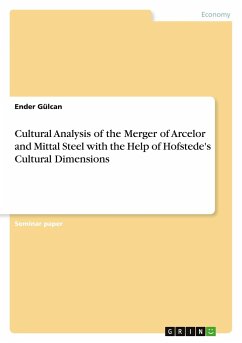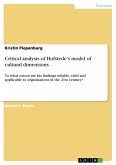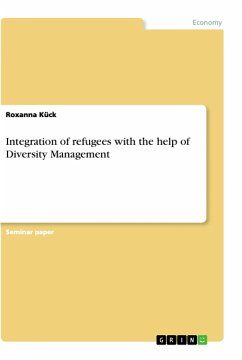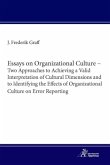Seminar paper from the year 2017 in the subject Leadership and Human Resource Management - Miscellaneous, grade: 1,7, Northumbria University, language: English, abstract: This analysis focuses on the cultural aspects which could have influenced the merger and the post-merger-integration of Arcelor and Mittal Steel in either a positive or anegative way. Thus, the purpose of this work is to analyse the cultural factors which possibly played a role at forming the new corporate culture of ArcelorMittal.In 2006, the world's two biggest steel companies Arcelor and Mittal Steel bundled their forces through a merger and ended in the creation of the world's leading steelmaking and mining company ArcelorMittal. The company truly is a global player, with steelmaking operations in 19 countries over 4 continents and a sales distribution to 160 countries, ArcelorMittal is represented all over the world.The company attributes its success to its core values of sustainability, quality and leadership. ArcelorMittal supplies high-quality finished and semi-finished steel. The main industries which are supplied by ArcelorMittal are the automotive, appliance, engineering, construction, and machinery industries.This thesis paper aims to answer the following questions: Considering the once-sharp increase of the company performance, how could the post-merger-integration be executed so smooth and quickly? How come that the two companies could communicate, and bundle their forces apparently trouble-free? Did the different national and corporate cultures complement or hinder the forming of a new organizational culture? With the assistance of the Hofstede cultural dimensions the ArcelorMittal's Merger will be analysed here.
Hinweis: Dieser Artikel kann nur an eine deutsche Lieferadresse ausgeliefert werden.
Hinweis: Dieser Artikel kann nur an eine deutsche Lieferadresse ausgeliefert werden.







